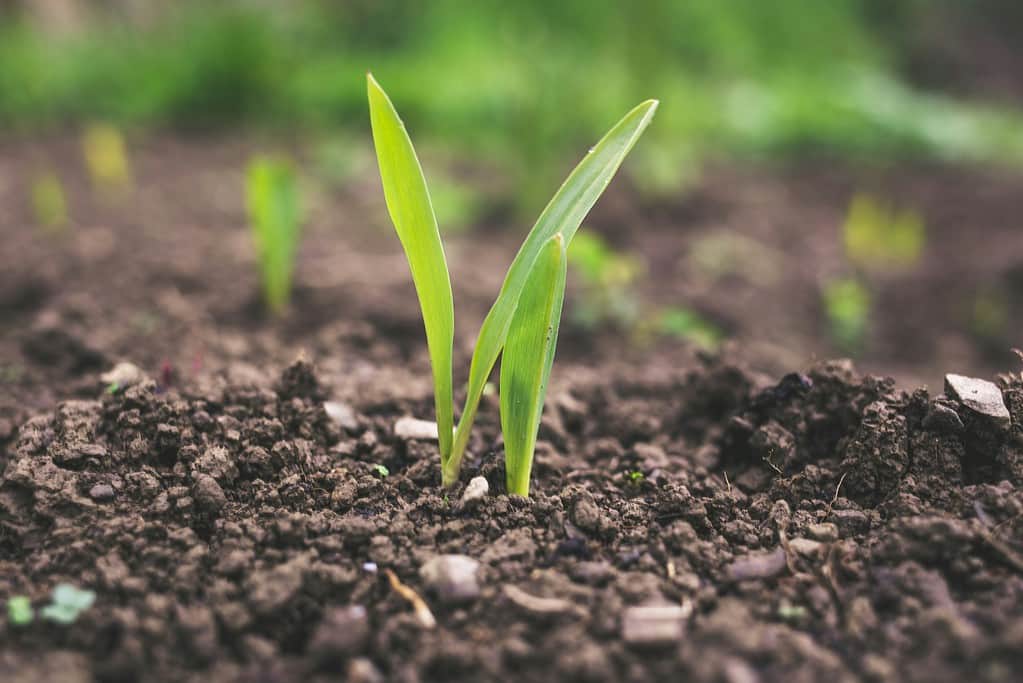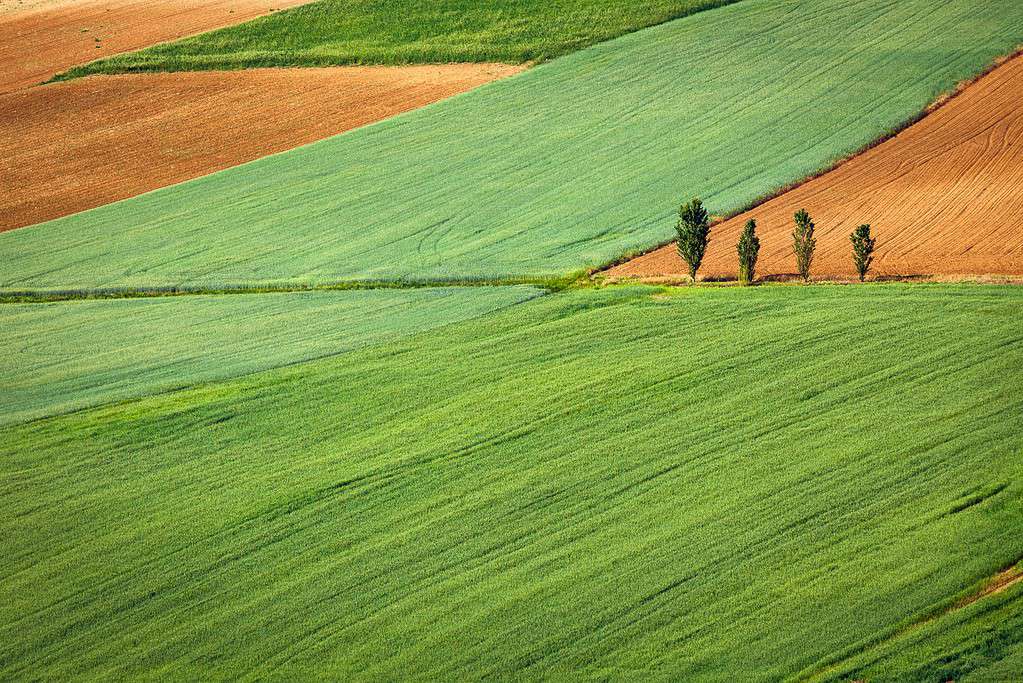
In a study that should concern more than just farmers, researchers have shown that agriculture has increased the rate of soil erosion in the Midwestern US by 10 to 1,000 times. If this continues, some areas may simply be out of soil soon.
By now, we’re all (hopefully) keenly aware of how big of a problem global warming is. We’re also aware that we’re polluting the atmosphere and the oceans in multiple ways. But we don’t really talk that much about soil erosion — and maybe we should.
From exploding stars to eroding soil
We take soil for granted. After all, how could it run out when it’s everywhere? But soil isn’t as ubiquitous as you might think.
It’s more than just the weathering of rocks. Soil formation is a complex and gradual process influenced by several factors, including weathering, organic matter accumulation, and the activities of organisms. Initially, rocks undergo physical, chemical, and biological weathering, breaking down into smaller particles over time.
Soil creation, just like soil erosion, is influenced by environmental factors such as temperature changes, water, and wind. Agriculture, especially when done intensively, can greatly accelerate soil erosion. We’ve seen this across the Earth, and researchers have raised the alarm on soil erosion before. But quantifying the scale of this problem remains pretty challenging.
To bypass this challenge, a team of researchers looked at a very particular isotope called beryllium-10 or 10Be. This isotope is produced when stars explode in our galaxy, sending high-energy particles that pierce the void and reach the Earth. Then, they become trapped in soil. These traces can be used to backtrace the rate of natural soil erosion.
“We went to fourteen small patches of remnant native prairie that still exist in Iowa, Minnesota, South Dakota, Nebraska and Kansas, and used a hand auger to collect deep soil cores, in material that dates back to the last Ice Age,” says Isaac Larsen, professor of geosciences at UMass Amherst and the paper’s senior author. “We brought this soil back to our lab at UMass, sifted it to isolate individual sand grains, removed everything that wasn’t quartz, and then ran these few spoonfuls through a chemical purification process to separate out the 10Be —which was just enough to fit on the head of a pin.”
Soil is eroding fast

In a balanced system, soil is produced at about the same rate it is being eroded. This was indeed what happened in the US Midwest until large-scale agriculture started in the area.
“For the first time, we know what the natural rates of erosion are in the Midwest,” says Caroline Quarrier, the paper’s lead author and who completed this research as part of her master’s thesis at UMass Amherst. “And because we now know the rate of erosion before Euro-American settlement, we can see exactly how much modern agriculture has accelerated the process.”
Before agriculture, the average erosion rate at the site was 0.04 mm per year, the team found. That’s the natural erosion rate. Anything higher than that means soil is being depleted faster than it can replenish.
Already, this is problematic. The USDA considers a 1 mm erosion rate normal. This is 25 times faster than what the researchers found. To make matters even worse, some areas had an erosion rate of around 40 mm per year — 1,000 times the natural rate.
We know how to fix it. But we’re not doing it yet.
Solutions needing action
This is indeed a serious problem. Topsoil is crucial for agriculture, and the more it is depleted, the more agricultural productivity in the region will decline. Worldwide, this erosion is estimated to cost tens of billions of dollars per year. But that could be a gross understatement. If this depletion continues, agriculture may simply collapse across entire regions. Also, most climate mitigation plans rely on soil to capture carbon — but if the soil is being eroded, that’s not happening.
The good news is that we know how to solve this type of problem. Practices such as no-till farming or cover cropping, where plants are grown to cover the soil, thereby reducing erosion caused by wind and water, have been demonstrated to greatly reduce erosion. There’s plenty of science outlining the sustainable practices that can be used to get erosion levels down.
However, people aren’t really following these practices because simply not doing anything is cheaper in the short term. Many farmers face financial limitations. Adopting new practices can require initial investments in resources and training that may not be readily available or seem feasible.
There’s also a knowledge gap. Some farmers might not be fully aware of the long-term benefits of erosion control methods or how to implement them effectively. Traditional farming methods and reluctance to alter established practices can also play a role, as changing long-standing agricultural routines requires both education and motivation. Additionally, in some regions, there may be inadequate support from government or agricultural extension services to facilitate this transition.
Therefore, addressing these barriers through education, financial incentives, and policy support is crucial for widespread adoption of soil conservation techniques.
Protecting our soil is paramount — and the time to act is now.
The study was published in Geology.









